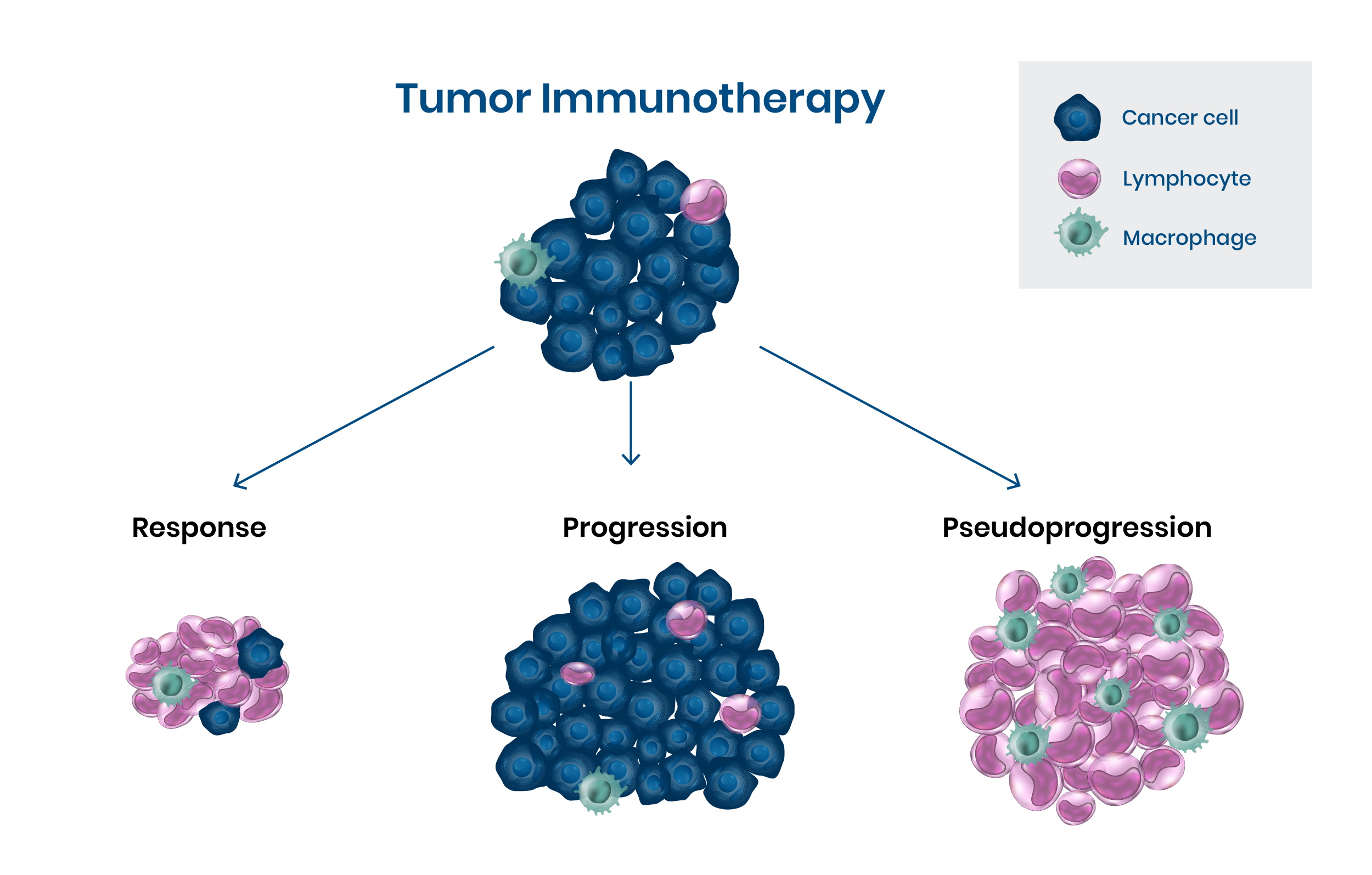
Seeing is believing, right?
Not always in the case of lead EpicentRx therapy, AdAPT-001. In a recent manuscript published in the prestigious journal, Journal of Immunotherapy in Cancer (JITC), entitled “AdAPT-001 and pseudoprogression – when seeing is not necessarily believing” the authors make the claim and the case that at least 45% of AdAPT-001-treated patients and maybe more “have experienced pseudoprogression or reactive tumor inflammation — that is, a temporary or prolonged enlargement of lesions with or without improved clinical symptoms (but more often with symptomatic improvement) and whether or not the Response Evaluation Criteria in Solid Tumors (RECIST) V.1.1 criteria for the progressive disease was strictly met followed by delayed shrinkage sometimes months later.”
That was a long sentence — all to say that what you see with AdAPT-001 is not always what you get since pseudoprogression makes tumors temporarily look bigger (and worse) before a delayed response occurs. As shown in the image above, pseudoprogression results from an influx of immune cells and not from the growth of the tumor cells per se.
So, we encourage all AdAPT-treated patients and AdAPT investigators to regard the initial radiologic scans with a fair degree of skepticism — especially if the tumors look bigger but the patients look — and feel — better. That’s an almost sure sign of pseudoprogression.
Bottom line: when it comes to AdAPT-001, seeing isn’t always believing.
